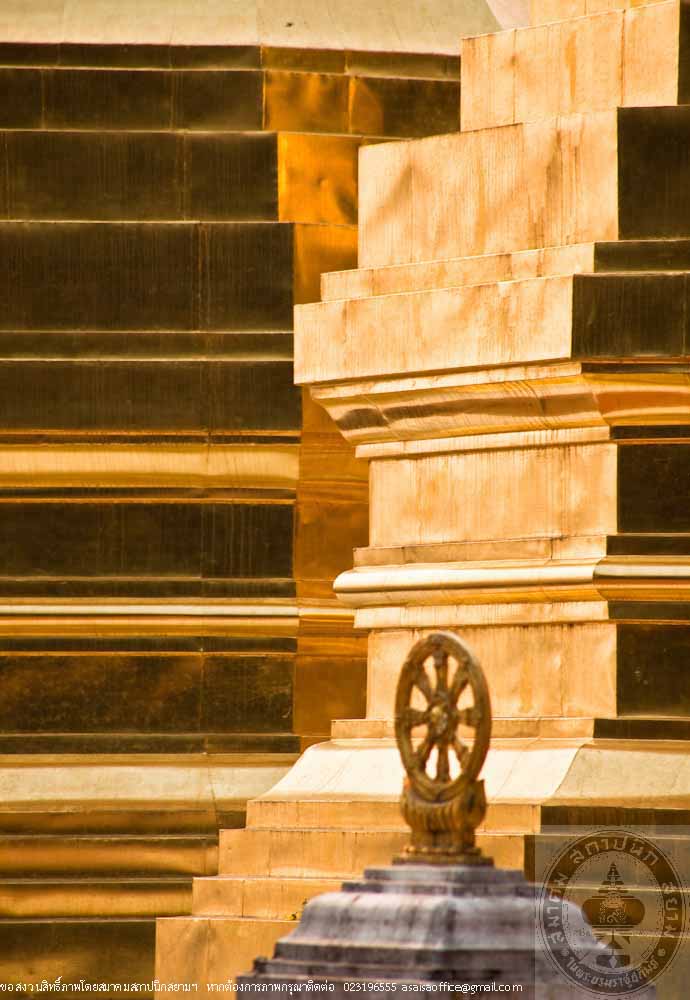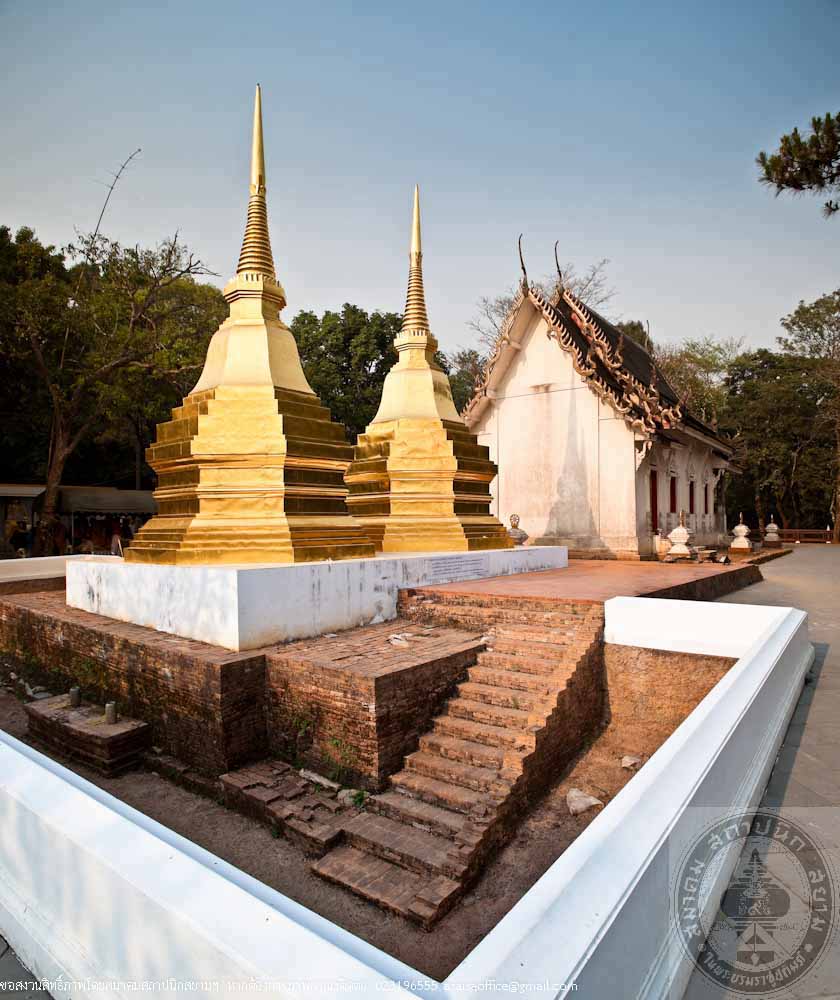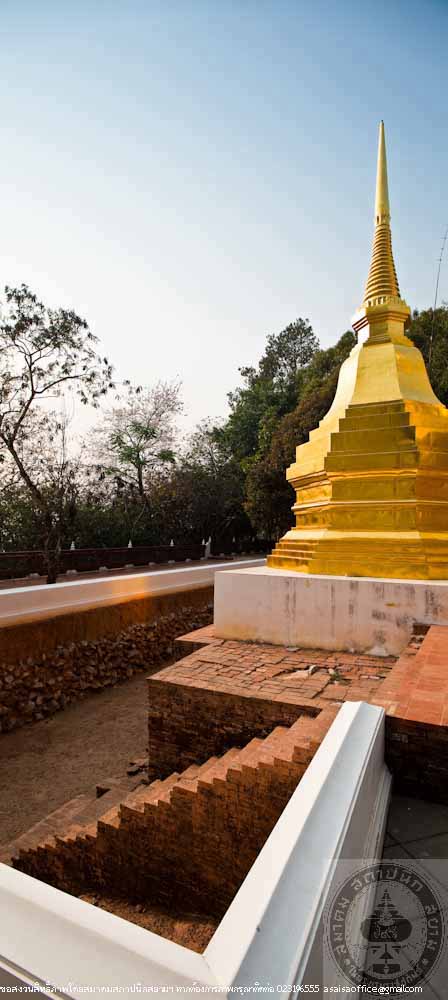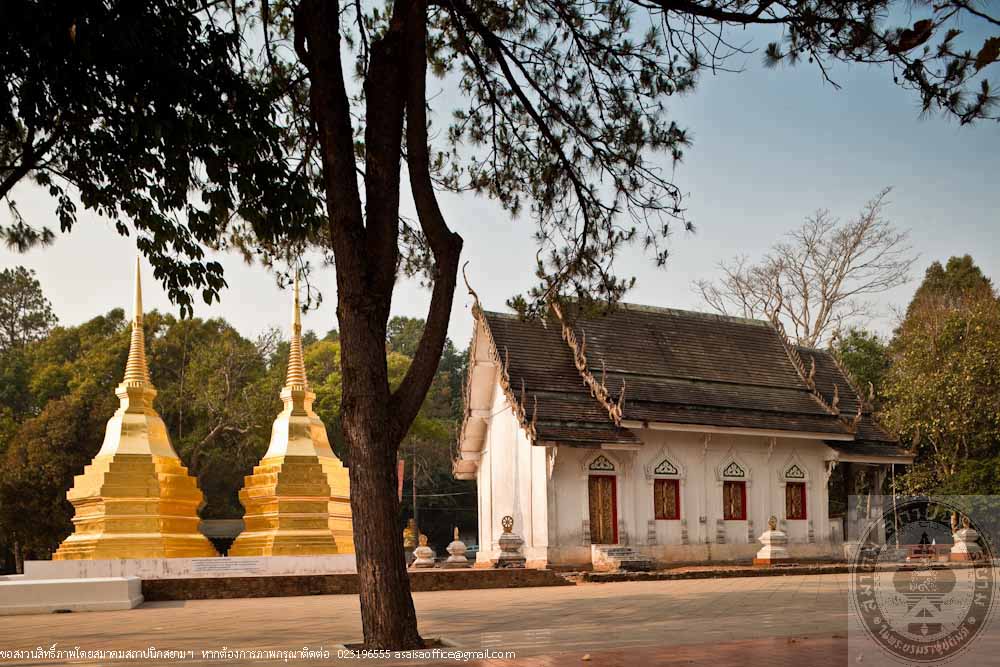พระธาตุดอยตุง
พระธาตุดอยตุง
ที่ตั้ง ตำบลเทอดไทย อำเภอแม่ฟ้าหลวง จังหวัดเชียงราย
ผู้ครอบครอง วัดพระมหาชินธาตุเจ้า
ปีที่ก่อสร้าง ตามตำนานเชื่อว่าสร้างราว พ.ศ.1454
ปีที่ได้รับรางวัล พ.ศ. 2552
ประวัติ
พระธาตุดอยตุงนับเป็นโบราณสถานอันสำคัญอีกแห่งหนึ่งของภาคเหนือ นอกจากนี้ยังเชื่อว่าเป็นพระธาตุประจำปีเกิดของผู้ที่เกิดปีกุน ตามตำนานเล่าว่า พระมหากัสสปะได้อัญเชิญพระบรมสารีริกธาตุพระรากขวัญ เบื้องซ้าย (กระดูกไหปลาร้า) แล้วมอบให้แก่พระเจ้าอชุตราช กษัตริย์ผู้ครองเมืองโยนกนาคพันธุ์ พระองค์จึงทรงให้สร้างพระเจดีย์เพื่อบรรจุพระบรมสารีริกธาตุ ตามที่พระพุทธเจ้าทรงพยากรณ์ไว้ โดยทำตุงความยาว 1,000 วา ปักบนยอดเขา หากตุงปลิวไปที่ใดก็ให้สร้างเจดีย์ขึ้นบริเวณนั้น ต่อมาในสมัยพญามังรายพระมหาวชิรโพธิเถรได้นำพระบรมสารีริกมาถวาย พระองค์จึงได้อัญเชิญมาประดิษฐานบริเวณดอยตุง แล้วทรงให้สร้างพระเจดีย์ขึ้นอีกองค์เคียงข้างกัน ทำให้พระธาตุดอยตุง มี 2 องค์ตั้งแต่นั้นเป็นต้นมา
ในปี พ.ศ. 2470 ครูบาศรีวิชัยพระเถระองค์สำคัญของชาวล้านนากับประชาชนชาวเมืองเชียงรายจึงได้ร่วมมือกันบูรณะองค์พระเจดีย์องค์ขึ้นใหม่ เนื่องจากองค์พระธาตุองค์เดิมชำรุดทรุดโทรมเป็นอย่างมาก การบูรณะครั้งนี้ได้สร้างองค์พระธาตุขึ้นตามสถาปัตยกรรมล้านนา คือ พระธาตุเป็นทรงแปดเหลี่ยม ย่อมุมไม้สิบสอง ทั้ง 2 องค์ คล้ายกับพระธาตุ ดอยสุเทพ จังหวัดเชียงใหม่ ต่อมาในปี พ.ศ. 2516 ทางหน่วยราชการจึงได้ทำการบูรณะองค์พระเจดีย์อีกครั้งโดยการบูรณะครั้งนั้น ได้สร้างพระเจดีย์ครอบองค์เดิม ซึ่งมีลักษณะเป็นเจดีย์ทรงปราสาท มีซุ้มจระนำประดิษฐานพระพุทธรูป 8 ซุ้ม และประดิษฐานฉัตรที่มุมทั้ง 4 พร้อมกันนี้ได้สร้างพระอุโบสถขึ้นในบริเวณใกล้กันโดยสมเด็จพระบรมโอรสาธิราชฯ สยามมกุฎราชกุมาร เสด็จพระราชดำเนินมาวางศิลาฤกษ์
ต่อมาในปี พ.ศ. 2549 กรมศิลปากรมีโครงการรื้อถอน องค์พระธาตุซึ่งถูกสร้างครอบใหม่นั้นให้เหมือนดังภาพถ่ายเก่าเมื่อครั้งที่ครูบาศรีวิชัยได้ทำการบูรณะไว้ ตามคำร้องขอของคนท้องถิ่น จึงได้ทำการบูรณะโดยถอดองค์พระธาตุออก แล้วอัญเชิญไปประดิษฐานไว้ที่วัดพระธาตุน้อยดอยตุงซึ่งอยู่ด้านล่าง จากนั้นจึงทำการบูรณะองค์พระธาตุให้เหมือนดังที่ครูบาศรีวิชัยได้บูรณะไว้เมื่อกว่า 80 ปี ให้คืนกลับมาสภาพดังเดิม

พระธาตุดอยตุง

พระธาตุดอยตุง

พระธาตุดอยตุง

พระธาตุดอยตุง

พระธาตุดอยตุง

พระธาตุดอยตุง

พระธาตุดอยตุง
-

พระธาตุดอยตุง
-

พระธาตุดอยตุง
-

พระธาตุดอยตุง
-

พระธาตุดอยตุง
-

พระธาตุดอยตุง
-

พระธาตุดอยตุง
-

พระธาตุดอยตุง
Wat Maha Chin That Chao (Wat Phra That Doi Tung)
Location Tambon Tertthai, Amphoe Maefaluang, Chiang Rai Province
Proprietor Wat Maha Chin That Chao (Wat Phra That Doi Tung)
Date of Construction 911
Conservation Awarded 2009
History
The Phra That Doi Tung (Stupa of Doi Tung) is considered to be one of the oldest and most valuable monuments in Northern Thailand. The stupa is believed to represent the zodiac sign for the year of Pig. According to legend, Phra Maha Kassapa brought the left collar-bone relic of the Lord Buddha and gave to King Achutarat, who was the ruler of Yonok Nakhon. King Achutarat later onestablished the stupa to enshrine the relic at the peak of the mountain by making long traditional flags know as the “tung”, length of 1,000 wa(1 wa=2 metres), pitched at the top of the mountain and picked the location to built the stupa according to where the flag would be blown down to. In the era of Phraya Mang Rai, Phra Maha Wachira Photi Tera has brought with him another relic of the Lord Buddha, and gave it to Phraya Mang Rai. Phraya Mang Rai then enshrined the relic of the Lord Buddha at Doi Tung and that is why the two stupa of Doi Tung were for.
The two stupas were renovated due to its decaying condition. A venerable monk, Khruba Siwichai and the collaboration of both the Lanna and Chiang Rai people in 1927 with the aim to conserve the original architecture form such as it octagon plan with twelve indented corners, which is similar to the Phra That Doi Suthep found in the Chiang Mai province. Later in 1973, the government office had renovated the pagoda. This time the pagoda was capped over with Chedi Song Prasat (The Principal Buddhist Chedi Style) decorated with niches on all four sides. Buddha images are found at all the eight gates, and 4 umbrellas of kingship on 4 corners. Later on a ubosatha (Ordination Hall) was also built near by the stupa area. H.R.H. Crown Prince Maha Vajiralongkorn attended the foundation stone laying ceremony.
By the request of local people, the Department of Fine Arts had started a project to decommission the pagoda in 2006, as the outside new cap of the pagoda did not maintain the pagoda’s original appearance as recognized in old photos dated back to eighty years ago in the period of Khruba Siwichai. The pagoda was again reconstructed but this time to restore its origianl design. Also the relics were relocated to Wat Phra That Doi Tung Noi, which is situated at the base of the mountain.